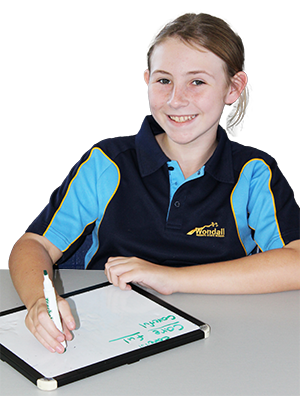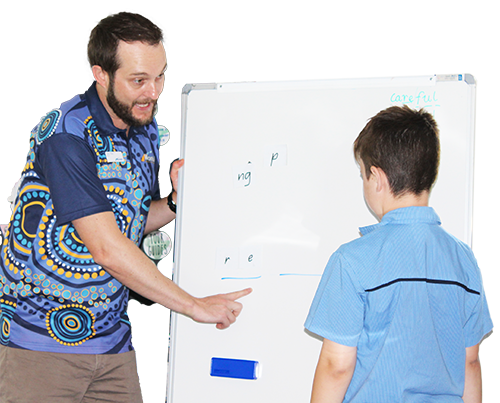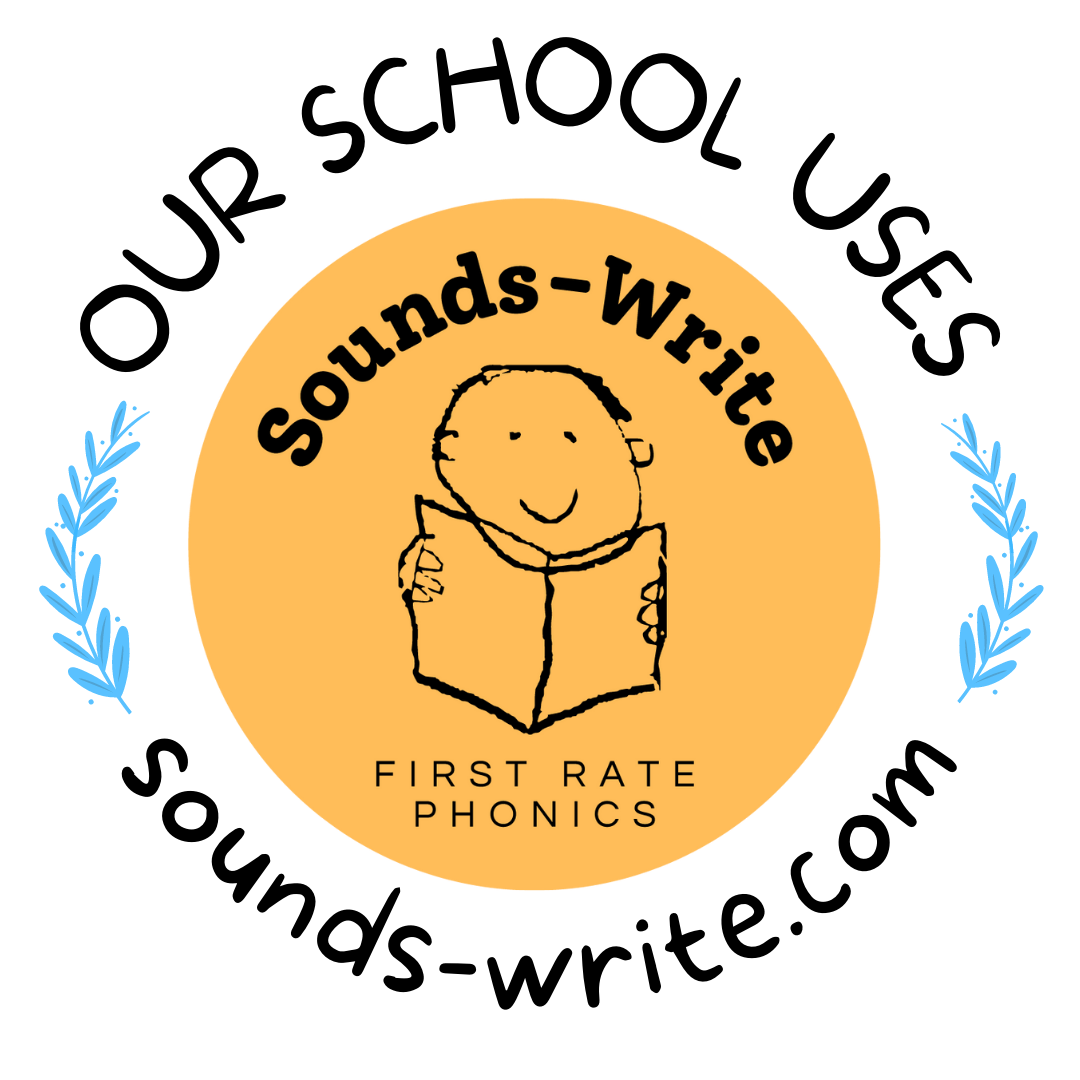Sounds-Write - First Rate Phonics at Wondall Heights State School
 Key Summary
Key Summary
- A whole school consistent approach to the teaching of phonics to support reading and spelling.
- Every classroom and inclusion teacher explicitly trained to implement evidence based synthetic phonics in Prep-Year 6.
- Significant investment in resourcing of decodable readers.
One of our key priorities at Wondall Heights is the implementation of a systematic synthetic phonics approach to reading (decoding) and spelling (encoding).
As a school we have committed to building the capability of
all classroom teachers from Prep-Year 6, along with our Inclusion teachers, to implement a structured synthetic phonics approach, by having them all trained in the evidence-based program of Sounds-Write. Sounds-Write is a linguistic phonics approach (speech to print) and systematic synthetic phonics program. This has included a significant investment in teacher training (4 day training course), upgrading our reading resources with decodable readers that align to our Sounds-Write approach, and thanks to the generous support of our P & C, we've invested over $20 000 to update our Home Reading resources for Prep-Year 2 with decodable readers.
Evidence-based research demonstrates that a systematic (or structured) synthetic phonics approach is an effective way of teaching all students decoding (reading sounds and words) and encoding (spelling sounds and words).
What is Systematic Synthetic Phonics?

Systematic synthetic phonics is a structured approach to teaching, where students learn about the relationships between sounds (phonemes) and letter symbols (graphemes) and apply these to reading and writing.
What Does Sounds-Write Look Like in the Classroom?
Sounds-Write is based on the science of reading and provides a structured, cumulative, and code-oriented approach to teaching reading and spelling. It starts with what children learn naturally, the sounds of their own language, and teaches them to represent those sounds in writing. Sounds-Write is a complete phonics curriculum that teaches the skills, concepts, and code knowledge necessary for children to read and spell.
Students are taught
four key concepts:
- 1. Letters are symbols that represent sounds
- 2. Sounds can be spelled using 1, 2, 3 or 4 letters (dog, street, night, dough)
- 3. The same sound can be spelled in different ways (rain, break, stay, gate)
- 4. The same spelling can represent different sounds (head, seat, break)
Students are taught to master
three key skills:
- 1. Segmenting - the ability to pull apart the individual sounds in words
- 2. Blending - the ability to push sounds together to build words
- 3. Phoneme manipulation - the ability to insert sounds into and delete sounds out of words. This skill is necessary to test out alternatives for spellings that represent more than one sound.
In Prep

Children in Prep begin with the Initial Code where they practise all three key skills whilst learning the one-to-one sound-spelling correspondences and securing their understanding of key concept 1. This builds up confidence and phonic knowledge enabling them to read and spell a wide range of words and sentences.
At first, children learn to read and spell simple one-syllable words with a consonant-vowel-consonant (CVC) sound structure (for example, 'sat'). By the end of Prep, they can read and write one-syllable words with up to five, or even six, sounds such as 'twist', 'grand' or 'scraps'.
Children also develop their knowledge of key concept 2 as they learn to read and spell words containing some sounds spelled with two letters (the sound /sh/ in 'fish' or the sound /th/ in 'thin', for example) as well as the three-letter spelling < tch > for the sound /ch/ in 'catch'. Key concept 3 is introduced towards the end of Prep as the students learn about a small number of sounds that can be spelled in more than one way (for example, the sound /k/ spelled as < k > in 'kit', < c > in 'cat' and < ck > 'pick').
From Year 1
Once the Initial Code has been mastered, children continue to practise all three key skills whilst learning the Extended Code and developing key concepts 2, 3 and 4. Learning
of the Extended Code is a lifelong process – we all continue to develop our understanding how to read and spell in English whenever we encounter new words. This is why the Sounds-Write approach is used right up to the end of Year 6 to read and spell polysyllabic words (words with more than one syllable) of increasing complexity.
Children in
Years 1 and 2 develop their code knowledge through explicit, systematic teaching of the Extended Code units. Polysyllabic words (words with more than one syllable) are introduced in Year 1.
Children in
Years 3 and 4 revisit all of the Extended Code units and learn to read and spell increasingly complex polysyllabic words (words with more than one syllable).
Children in
Years 5 and 6 continue to consolidate and develop their knowledge, with the Sounds-Write approach used to teach the reading and spelling of vocabulary across the curriculum. There is a growing focus on etymology (the origin of words) and morphology (the structure of words).